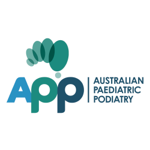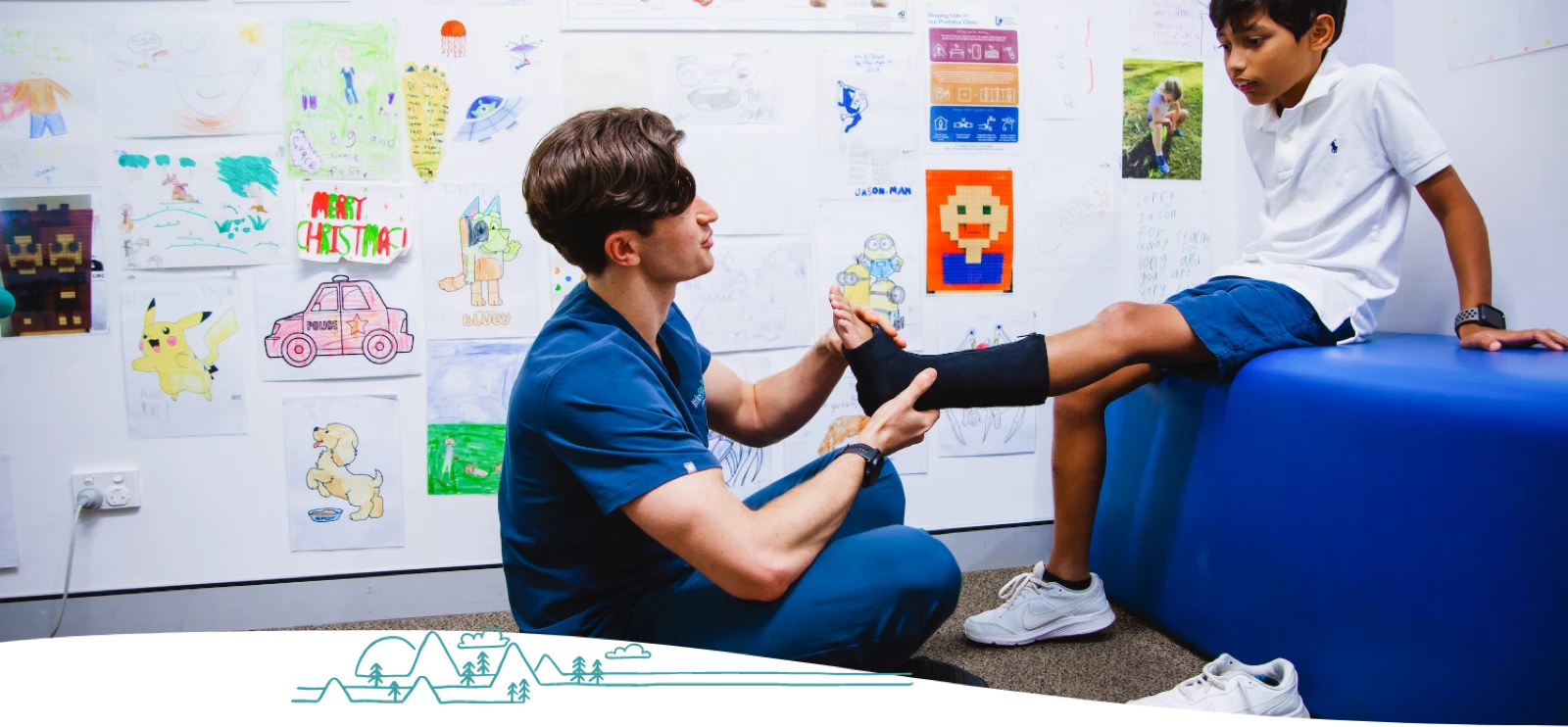
Hypermobility & Connective Tissue Disorders
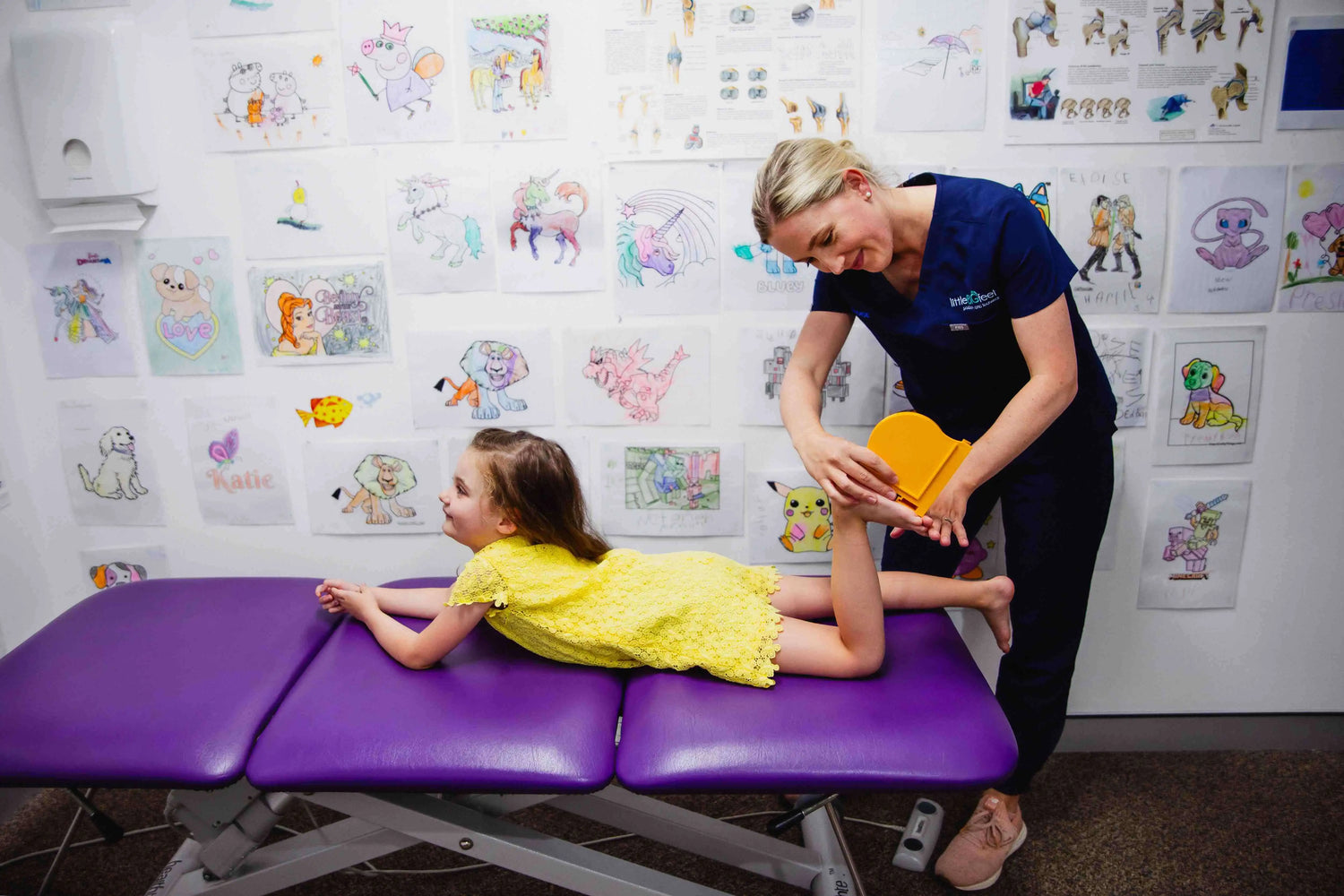
Hypermobility in podiatry
Hypermobility is one of the more common presentations seen in the paediatric podiatry setting. Children may present with recurrent joint pain or soft tissue pain, generalised fatigue and or endurance issues. It is not uncommon for hypermobile children to present with pes planus and gait instability, however foot and lower limb position is variable from child to child.
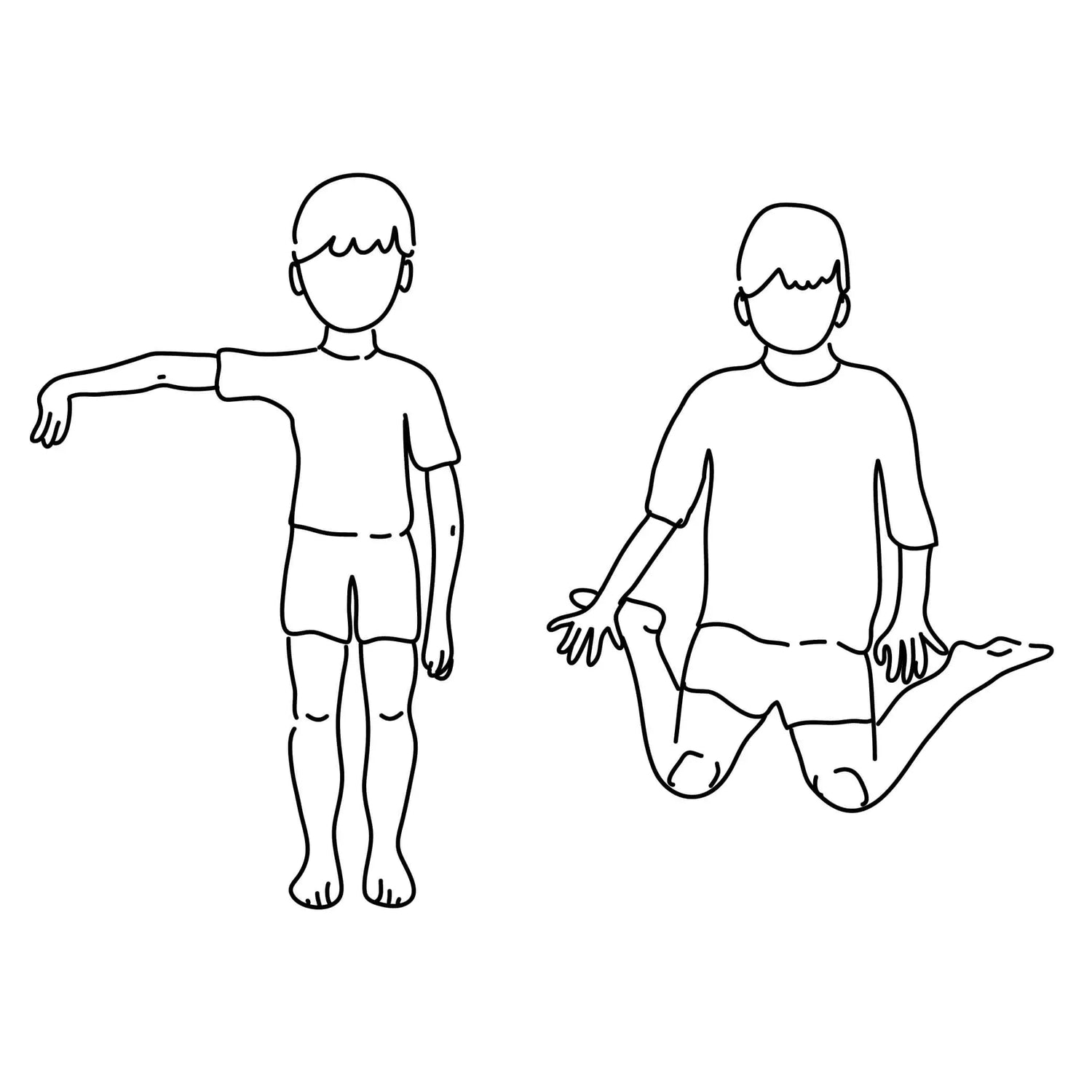
Parents and carers often notice signs of delayed gross motor development comparable with other children of a similar age. Commonly, parents will highlight their concern in regard to the child’s foot positioning or gait aesthetics, and they may often describe a history of instability, clumsiness, tripping and falling; and in older children, possibly recurrent injury.
Podiatrists utilise a combination of gait assessments, musculo-skeletal and connective tissue testing to determine a child’s hypermobility status and its relation to the child’s presentation. This, in conjunction with the child’s history and symptomology, will determine their individualised treatment requirements.
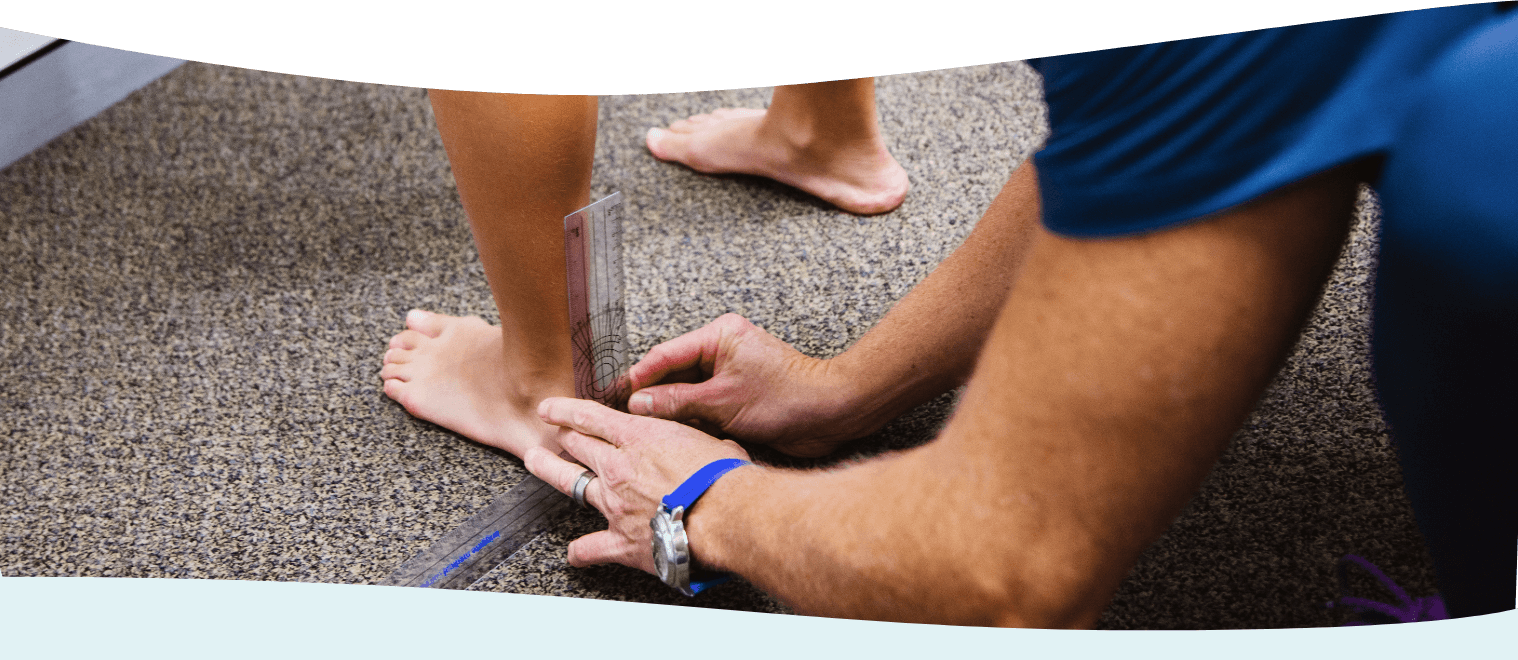

Disorders commonly associated with a 'hypermobile' presentation
Hypermobility may be associated with a number of congenital and/or acquired disorders, or may exist on its own as generalised joint hypermobility (GJH).
- Hypermobility Spectrum Disorder (HSD)
- Ehler's-Danlos Syndrome (EDS)
- Marfan Syndrome
- Osteogenesis Imperfecta (OI)
- Juvenile Idiopathic Arthritis (JIA)
- Juvenile Rheumatoid Arthritis (JRA)








